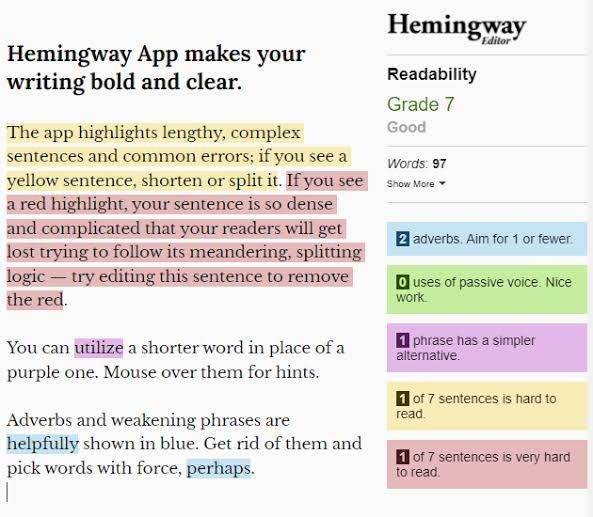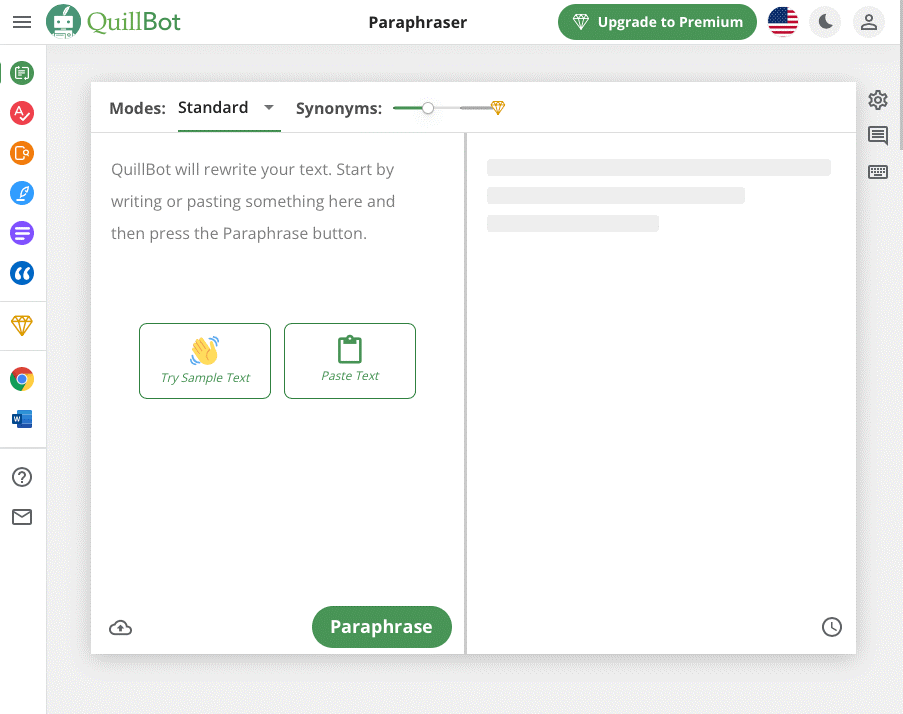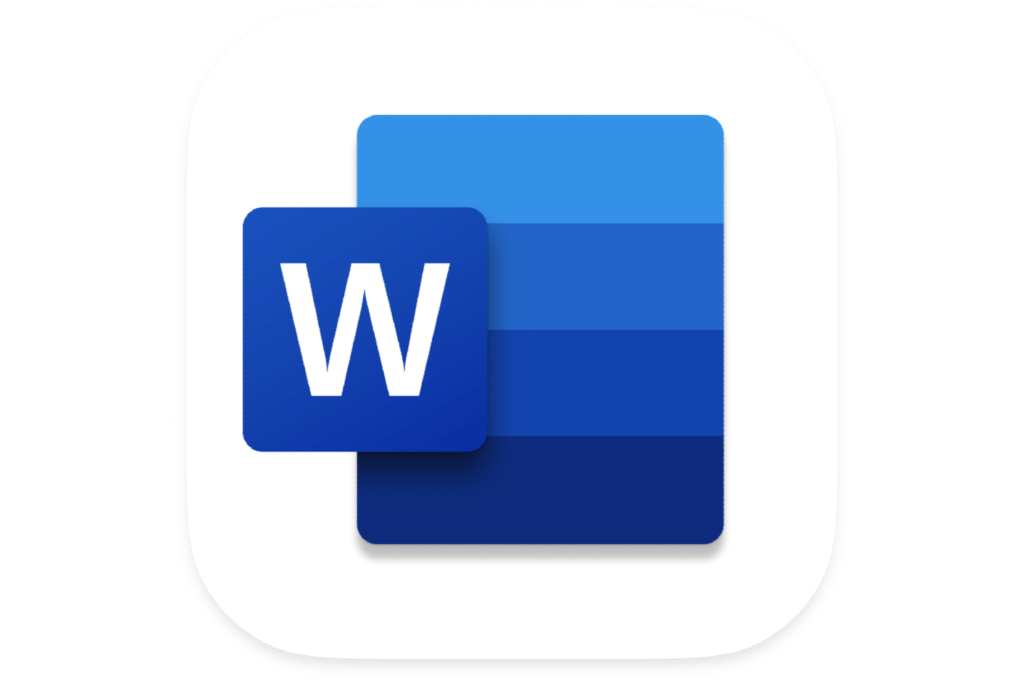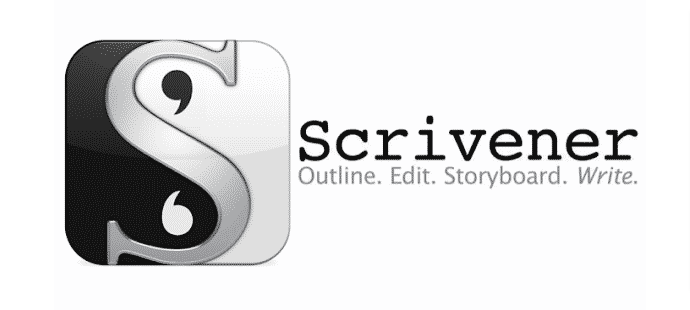
Imagine embarking on a writing project with pen and paper. There would definitely be a lot of constraints ranging from cancellations of grammatical errors, longer time consumption, readability, and clarity issues, just to mention a few. In today’s world, with the availability of writing software, writers do not have to go through the stress of literally putting pen to paper.
With the help of technology, writing has taken on a new shape. Writers now use smartphones and laptops to do so much more. Writing softwares have been designed to make the writing process easier and more seamless.
In this article, you will learn what writing software is, examples of writing softwares, how you can use them effectively, and how they can help you improve your writing.
What is writing software?
Writing software is an application designed to help make writing easier and to produce a piece of writing that is free from errors, clear, concise, and outputs your desired results.
You can view writing softwares as tools that assist you in reaching your goals while writing. They are used for writing and editing any written content ranging from articles, blog posts, books, letters, academic papers, etc.
Many writing softwares have a variety of features that carry out the following functions:
- Grammar checks
- Spelling corrections
- Word count
- Paraphrasing
- Check for plagiarism,
- Track writing progress,
- Formatting
- Change of tone and style
- Create soundtracks that enable descriptive writing.
Examples of writing software
Below are some common examples of writing softwares that can be easily accessible to you:
- Google Docs: This is a free word processing and writing software. It is very easy to use while creating and formatting Word documents. It also allows for collaboration on writing projects with others, like an editor or co-author. Google Docs can also offer editing features like grammar checks and spelling corrections.

- Grammarly: As the name implies, Grammarly can help you bring your grammar to perfection. Whether you are a beginner or a professional, it is an excellent writing software that can make your writing process smooth. It focuses on fixing grammatical errors and spellings and offers suggestions for structuring sentences.

- Hemingway Editor: This is a writing software used for writing and reviewing your work. It focuses on editing your writing style by cutting away bluffs. It uses different colours to highlight improvements that can be made in your piece of writing.

- QuillBot: This application is an all-in- one package for writers. It can paraphrase, summarize, check grammar, and generate citations for referencing material. It is a writing assistant that can streamline your writing process and elevate the quality of your work.
QuillBot is advantageous because it cuts the cost of investing in multiple writing softwares, as it can meet almost all your writing needs.

- Pro Writing Aid: This is a writing software that is very helpful for editing. It is very easy to set up and use.
While using Pro Writing Aid, you do not have to worry about spelling errors or grammatical errors because it fixes all that. Although similar to Grammarly, it has an edge over it because it uses an educational approach while editing. That is, it explains the reasons behind the suggestions given, which helps you learn during your writing process.

- Focus writer: This is an excellent writing assistant for you if you struggle with distractions while writing. It is a simple word processor that allows you to customize the interface to your taste.
It can help you increase your productivity while writing with the full-screen feature that helps you focus on your screen without distracting icons appearing in the background. Focus Writer is also useful for editing text.
- Evernote: As a writer, you likely have the need to pen ideas down when you get inspired to avoid losing them when you need them. If that is the case, then Evernote is just right for you. You can view Evernote as an extension of your brain.

It is a note-taking application that helps capture and save text, pictures, videos, audio recordings, and web content materials that can be accessed anytime and used for reference. It serves the purpose of a digital jotter for writers.
- Microsoft Word: This is a word processor similar to Google Docs mentioned earlier. It has advanced features that make it a handy writing software for writing and editing text.
It has inbuilt grammar and spelling checks, a dictionary and thesaurus, and already-made templates for writing different documents. With Microsoft Word, you can also integrate graphics into your writing to enhance visual appeal.

- Scrivener: This is known as one of the best book writing tools. It is designed for writing and organizing long-form writings like scripts, books, and academic papers. Although Scrivener can seem complex to use for beginners, there are a lot of tutorials available online that can help you make the best use of the software.

- LibreOffice Writer: LibreOffice Writer is a writing software very similar to Microsoft Word but can be used at no cost. It helps to plan, write, and edit your work. It has all the features you need from a word processor. It is simple to use and gives the traditional feel of using Microsoft Word.
How To Use Writing Softwares
While writing softwares can serve as a useful assistant, it may be a bit overwhelming going through all of them and trying to figure out how to use them. This is completely normal and understandable, as there are lots of these softwares readily available aside from the ones highlighted above, and they all function differently.
Hence, I will be sharing 5 steps to guide you on how they function so you can make the best use of them.
- Choose a suitable software: When deciding which writing application to use, it is important to consider the following factors:
- Writing needs and preferences
- Compatibility with available devices
- Budget
When you clearly know the writing assistance you need, it becomes easier to pick a software that can perform the task. For example, if you are in need of a writing software that will correct every grammatical error you make, Grammarly would be a good choice amongst others.
Additionally, find out the availability of the software. Is it only available on web applications or downloadable on the Google Play Store or Apple Store? Is it compatible with a smartphone or laptop? Ensure that you pick one that you can readily use with your device.
Some writing softwares are completely free, while others have limited free features and unlimited paid features. Therefore, you need to consider your budget and the writing assistance you need while picking a writing software. This is the first step for having a smooth writing experience.
- Learn about the software: After choosing a software, learn everything you need to know about it. Learn about all its features and functions to enable you to navigate it effectively.
If you are having difficulty using the writing software, watch tutorial videos on YouTube to help you get better acquainted with it.
- Practice: The best way to get a hang of a writing software is to actually use it frequently. Consistently practice writing using the software and explore all its available features. Soon, you will be able to set a pattern that suits your genre and style of writing using the software.
- Maintenance: Just like any tool, writing softwares need continuous maintenance to function optimally. This comes in the form of updates and upgrades.
Ensure to regularly check for software updates so as to improve the functionality and compatibility of the software with your device. It is also important to ensure your files are backed up to avoid document loss on the software.
- Strike a balance: It’s easy to become overly dependent while using writing softwares therefore, it is necessary to strike the right balance. View these softwares as assistants or tools rather than a replacement.
While using these tools can be helpful, do not forget to write with your own unique voice. Do not let them replace the value of reading, learning, research, and creativity.
Benefits of Using Writing Softwares
As a writer, there is a lot you can gain from having the right writing software in your toolbox. Here are 5 things you stand to gain below:
- Time Management: As mentioned earlier, longer time consumption is one of the constraints faced with the traditional method of writing. Writing softwares, however, can make the writing process quicker. With the help of speech-to-text features available on Microsoft Word and Google Docs voice typing, AI writing tools that help generate ideas, and editing features, the overall writing process is streamlined to increase the speed of writing, thereby producing more written content.
- Increases productivity: Many writers struggle with meeting their targets and being productive. Writing softwares can help you be more productive. Some of these applications have a word count feature to keep you on track, an enhanced user interface to help you minimize distractions, and collaborative features to keep you accountable.
- Improves quality of content: With the help of writing applications that help in the editing process, writers can be able to produce more quality content that is free from errors. They help detect and correct spelling errors, vocabulary, and grammar, which enhances a writer’s skill and confidence.
- Better Organization: Writing softwares like Evernote can help keep all your research documents, notes, and images in one place. They also help you store all your writing projects in a space that can be easily accessible.
Whether you are a pantser or a plotter, there are writing applications that can respectively accommodate your flexibility or more structured style of writing.
- Improve your writing skills: For writers, the learning never ends, whether you are just starting out or you are a seasoned writer. Writing tools can help improve your skills. As you work closely with these softwares, your vocabulary improves, your sentence structuring gets better, and your research skills are enhanced. They can help you perfect any area of writing that needs improvement.
Conclusion
Writing software is a great tool every writer needs in today’s digital world. A lot of them have been developed, and a few common ones have been highlighted above. With the guidance on how to use them, you can definitely find the right software to fit your writing needs and improve your writing skills.




This is well-written and concise. Keep sharing valuable content. Loved it! 😀